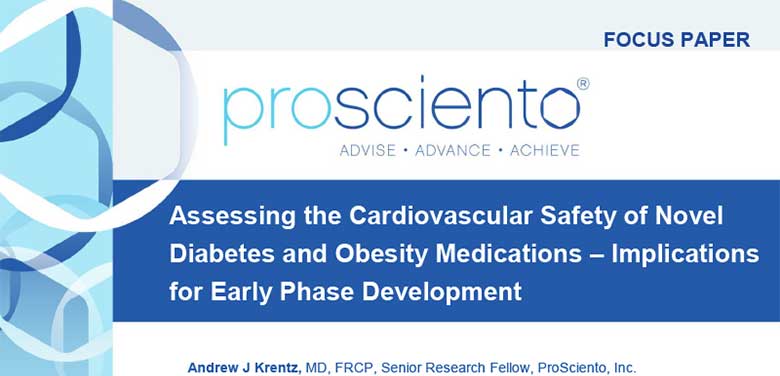About
Introduction
Excess weight and obesity are considered key drivers of the type 2 diabetes mellitus (T2DM), non-alcoholic fatty liver disease (NAFLD), non-alcoholic steatohepatitis (NASH), and cardiovascular disease (CVD) pandemics. Collectively, more than two-thirds of adults in the United States are overweight or obese. Pharmacotherapy, in addition to calorie restriction and increased physical activity, is indicated for patients with a body mass index (BMI) ≥30 or ≥27 kg/m2 in the presence of other risk factors. There are currently five long-term pharmacological treatments for obesity (orlistat, lorcaserin, phentermine-topiramate, bupropion-naltrexone, liraglutide) approved by the United States Food and Drug Administration (FDA); of these, four were approved after 2010. The adoption of anti-obesity drugs in a clinical setting has been slow, particularly compared to the adoption of newer glucose-lowering agents such as dipeptidyl peptidase (DPP)-4 inhibitors, glucagon-like peptide (GLP)-1 receptor agonists, and sodium-glucose cotransporter (SGLT)-2 inhibitors. For example, between 2012 and 2015, SGLT-2 inhibitors were adopted at an exponential rate, compared to a linear adoption curve for novel anti-obesity pharmacotherapies.
There are clear regulatory distinctions between novel glucose-lowering and anti-obesity drugs; however, there is increasingly overlap between the glucose-lowering and weight-reduction functions of novel pharmacotherapies. For example, anti-obesity drugs such as lorcaserin (selective serotonin 2c [5-HT2c] inhibitor) and phentermine/topiramate ER reduce hyperglycemia in patients with T2DM. Glucose-lowering agents such as GLP-1 receptor agonists and SGLT-2 inhibitors also reduce body weight. The functional overlap between glucose-lowering and weight-reducing pharmacotherapies is only likely to increase as novel agents with multiple mechanisms of action are being developed (e.g., dual or triple acting incretin agonists). Both classes of drugs, glucose-lowering agents and anti-obesity medications, are known to impact cardiovascular risk. Therefore, establishing the cardiovascular risk/benefit profile of novel glucose-lowering therapies and anti-obesity medications is critical so treatment benefits can be effectively balanced against the increased risk of cardiovascular events.



